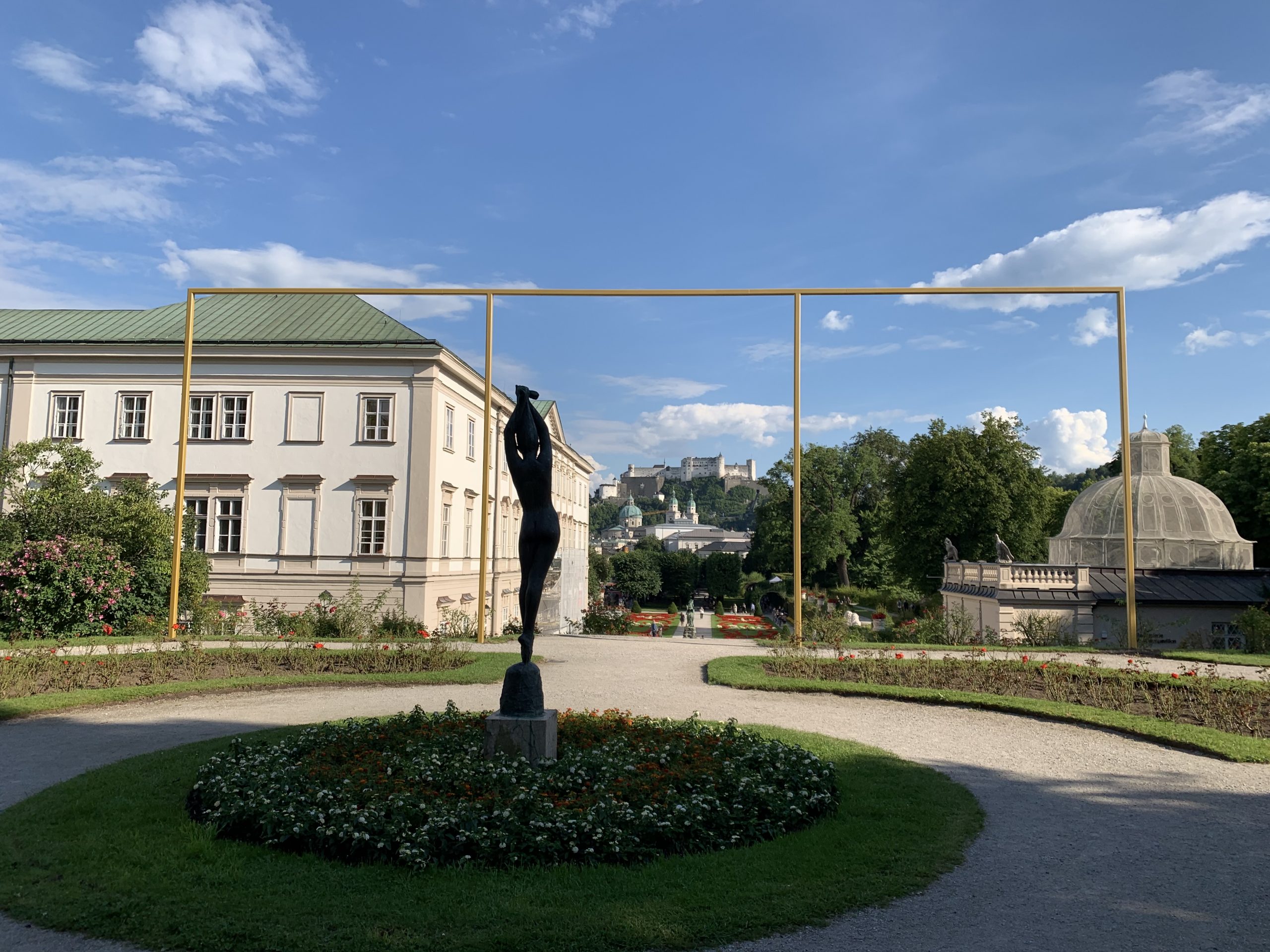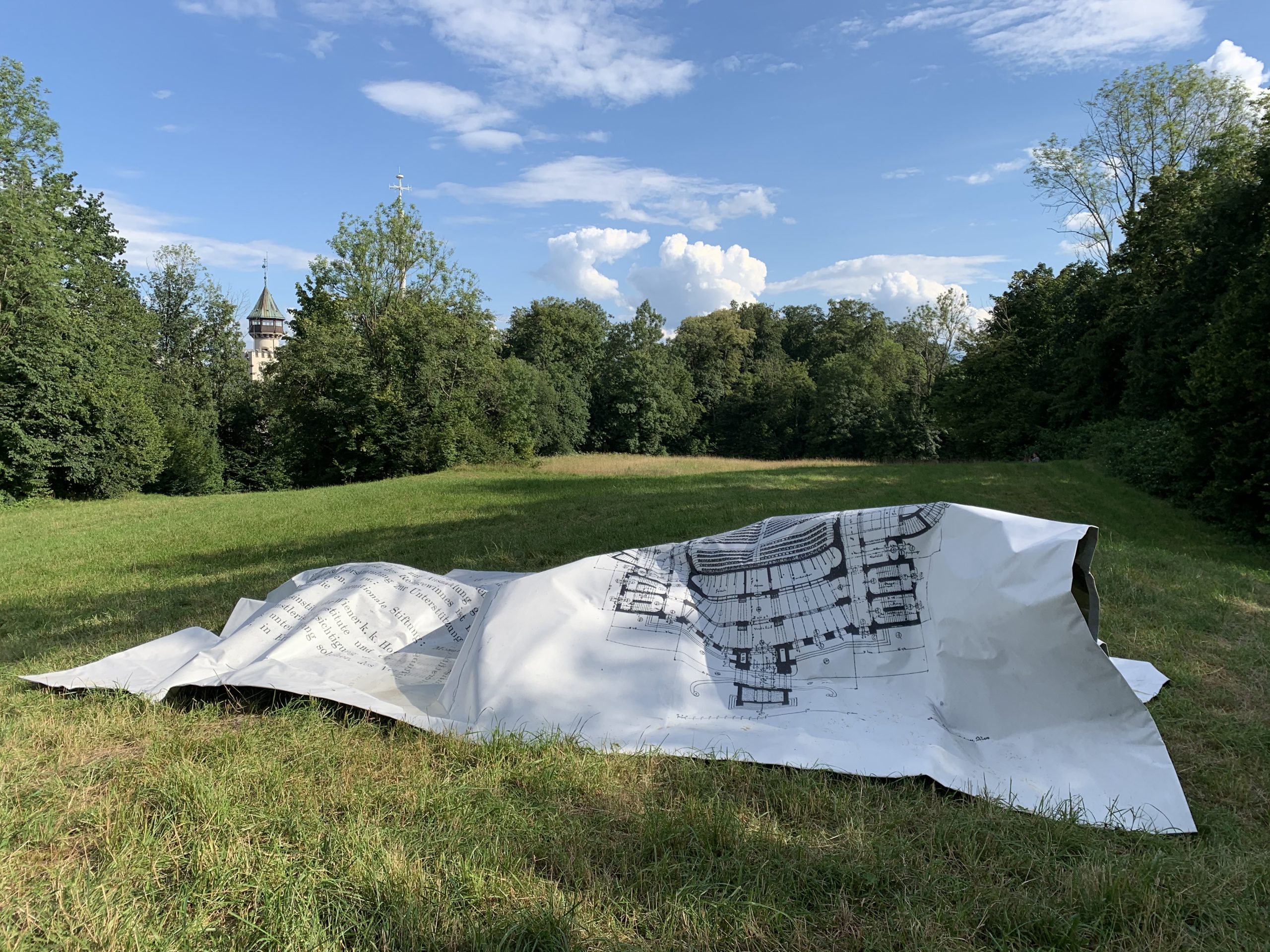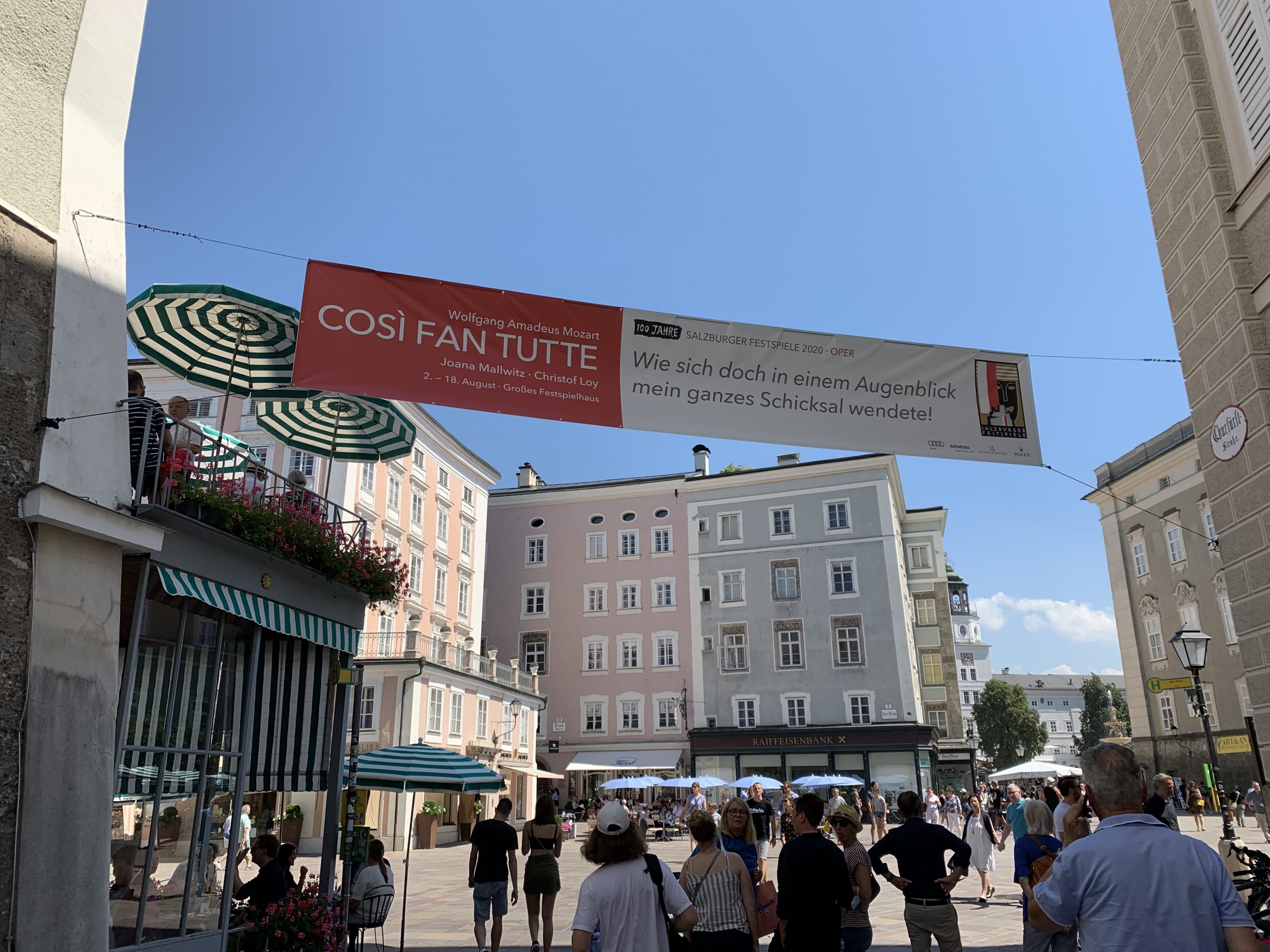BLOG
The BIAAS blog series features posts by junior and senior scholars in the field of Austrian-American studies. The views and opinions expressed in these blogs are those of the author and do not necessarily reflect the official policy or position of BIAAS.

BIAAS Austrian-American Blog
Transatlantic Academic Cooperation in the Interwar: James T. Shotwell and the Austrian and Hungarian Series of the Carnegie Endowment's "Social and Economic Consequences of the Great War"
By Tamara Scheer
Columbia University historian James T. Shotwell began his project of publishing an international series on the social and economic consequences of the Great War when he became the director of research for the Carnegie Endowment for International Peace in 1917. He proposed an alternative historiography. Shotwell’s publication plans were not the Carnegie Endowment’s first such undertaking. The Balkan Report of 1914 examined the causes of the two Balkan wars (1912/1913) by ‘concentrating on destruction and suffering of warfare, rather than martial glory,’ as historian William Mulligan has noted, and to ‘shame the belligerents and reinforce the rules of war.’ For the Great War undertaking, Shotwell sought to focus on the consequences rather than to publish a history of the war. While reports on the Balkan Wars tended to present readers with the perspectives of the non-belligerent states, Shotwell planned to engage authors from all major belligerents. Authors from victorious and defeated powers were to address the same topics, including economy, labour, governance, and public health.
A European Modernist in America: Elizabeth Scheu Close, Architect, Part Two
By Jane King Hession
In 1932, when Elizabeth Scheu left Vienna to complete her education at the Massachusetts Institute of Technology (MIT), she came armed with considerable knowledge of European modern architecture, a subject about which little was popularly known in the United States at the time. However, her arrival coincided with a groundbreaking exhibition at New York’s Museum of Modern Art that introduced Americans to a revolutionary new take on architecture and coined the phrase the “International Style.”
The show Modern Architecture: International Exhibition featured the work of a host of European architects including Walter Gropius, founder of the Bauhaus in Weimar, Germany, Ludwig Mies van der Rohe, who would later lead the Bauhaus in its Dessau location, Austrian Richard Neutra, who was then practicing in California, and Charles-Édouard Jeanneret, a French-Swiss architect known as “Le Corbusier.” Lisl would have been familiar with the work of these architects and she knew Neutra personally. Work by Adolf Loos, the architect who designed her childhood home, the Scheu House in Hietzing, Vienna, did not appear in the show, but he was referenced in the exhibition catalogue as a pre-World War I architect with “radical tendencies.”[1] While the International Style had arrived in the US via the museum exhibition, most European proponents of it remained overseas. Lisl's move to the US in 1932 predated a major wave of immigration by architects in the late 1930s, such as Gropius, Mies van der Rohe, and Marcel Breuer, who would irrevocably shape architectural education in America. When she moved to Minnesota in 1936, she was the first European-born modern architect in the state.
From Vienna and the Scheu House: Elizabeth Scheu Close, Architect, Part One
By Jane King Hession
Elizabeth “Lisl” Scheu Close (1912-2011) was Minnesota’s first modern architect. As the designer of more than 250 custom residences, several medical and laboratory facilities, and dozens of prefabricated house models from which 10,000 homes were produced, she was also one of the most prolific Austrian-born architects of the 20th century. Although she lived all but twenty of her ninety-nine years in the United States, her life and career were profoundly shaped by her early years in Vienna, notably her family history, her architecturally significant home, and the many international visitors she encountered there.
VOICES
"Der Traum von einem Feentempel" - "The dream of a fairytale temple" By Katherine Baber
When, on May 25, 2020, the Salzburg Festival announced it would proceed amid the pandemic, it seemed an act of profound optimism—perhaps not unlike Max Reinhardt's ambition to have a dedicated Festival house, conjured by Hugo von Hofmannstal as a "dream of a fairy temple, in which people from every nation on earth discover each other again." In reality, the Salzburg Festival did become one of the first "deeds of peace" after World War I, and it revived itself as a cultural peace project after World War II. Now in 2020, the Festival Direktorium has dedicated its anniversary edition to the Festival’s original principles, returning to themes of "community, the relationship of the individual to the whole, radical individualism and, as a great hope, the idea that the world can be changed through communal solidarity, through a new humanity."
The Cleveland Cultural Gardens and the Peoples of Former Austria-Hungary in the 1930s
By Kristina Poznan
Within its 276 acres, Rockefeller Park hosts a unique collection of public gardens, 33 in all, each a celebration of an immigrant group settled in Ohio. Of these, several represent migrants from the lands of the former Habsburg Empire. Its goals were visionary. “Cleveland Cultural Gardens are accomplishing in their community the same thing that the League of Nations is trying to do for the world,” League representative Guillame Swiss proclaimed in 1935. The Cultural Gardens offered local ethnic communities the opportunity to design gardens to celebrate their culture through statues to “poets and other cultural leaders.” The Cleveland City Council had authorized the creation of an expanded series of culturally driven landscape features in Rockefeller Park in 1927, many of which opened in the 1930s. Local committees handled many of the preparations with critical assistance from the New Deal’s Works Progress Administration for execution of the infrastructure. As historian Mark Tebeau explains, “The gardens “reveal the history of immigration to, and migration within, the United States.”
VOICES
"Wie sich doch in einem Augenblick mein ganzes Schicksal wendete!" - "How in a moment my whole fate has changed!" By Katherine Baber
Near the end of the first act of Così fan tutte, Dorabella and Fiordiligi are bewildered, mourning the sudden departure of their fiancés for war. They have no idea how much more profoundly their lives are about to be disordered. As the sisters retreat to their garden, Mozart tempers the words of Lorenzo da Ponte’s libretto by casting their duet in a tranquil mood, setting them up to have the rug pulled out from under them moments later in a typically rambunctious finale. What ensues—deception, disguises, loss of innocence, the questioning of love and loyalty—alters all. The couples who are married at the end are fundamentally different people than they were at the beginning. This Italian-style opera buffo is comic, yes, but also cautionary. Mozart might have warned us about 2020.







